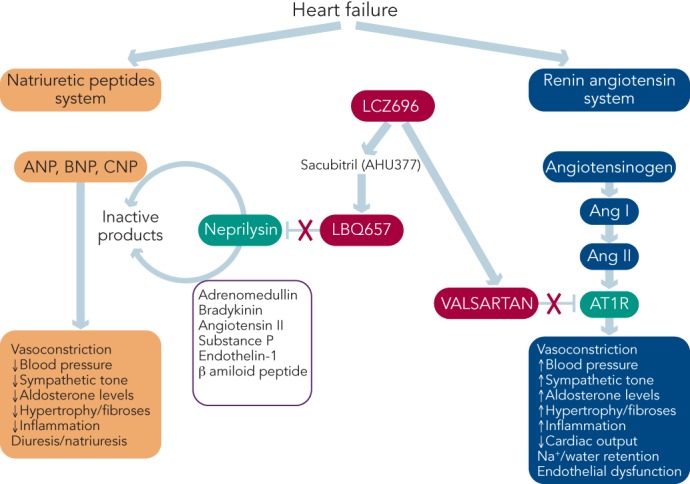Figure 1: The Role of the Natriuretic Peptides in Heart Failure.

The natriuretic peptide (NP) system comprises three homologous peptides: atrial (ANP), brain (BNP) and C-type (CNP), and two biologically active receptors. ANP and BNP bind to the natriuretic receptor-A (NPR-A) and CNP specifically binds to the NPR-B. NPR-A and NRP-B are coupled to particulate forms of guanylyl cyclase (GC-A and GC-B) and catalyse the synthesis of cyclic guanosine (cGMP), which modulates the activity of cGMP-dependent protein kinase G (PKG) to exert its multiple cardiac, vascular and renal actions. The NP-cGMP-PKG signalling pathway is terminated by phosphodiesterases (PDEs) that hydrolyse cGMP to guanosine monophosphate (GMP). NPs are removed from the circulation and inactived by the clearance receptor (NPR-C) and degraded by several peptidases, including neprilysin (neutral endopeptidase) (NEP). In addition, the NPR-C mediates non-cGMP regulated biological actions. DAG: = diacilglicerol; GTP = guanosine triphosphate; IP3 = inositol 1,4,5-trifosfato; LTCC = L-type calcium channel; PLC = phospholypase C; RAAS = renin-angiotensin-aldosterone system; UROD = urodilatin.
